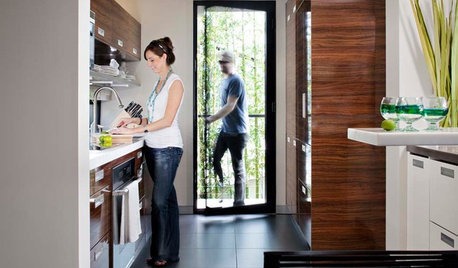Need tecnique advice
andreadeg
12 years ago
Featured Answer
Comments (16)
paintguy22
12 years agoandreadeg
12 years agoRelated Professionals
South Peabody Painters · Louisville Painters · Okemos Painters · Pasadena Painters · St. Johns Painters · Stuart Painters · Towson Painters · Ridgefield Cabinets & Cabinetry · Bristol Flooring Contractors · Damascus Flooring Contractors · ‘Ewa Beach Flooring Contractors · Milford Flooring Contractors · Rogers Flooring Contractors · Snellville Flooring Contractors · Wilmington Flooring Contractorsvtremodeler
12 years agoandreadeg
12 years agovtremodeler
12 years agosombreuil_mongrel
12 years agovtremodeler
12 years agoandreadeg
12 years agoandreadeg
12 years agoandreadeg
12 years agoLainie D'Eon
7 years agoqueenp
6 years agolast modified: 6 years agoPaint sales at Home Depot
6 years agocarlos229
6 years agoPaint sales at Home Depot
6 years ago
Related Stories

GREEN BUILDINGHow to Start Finding a Greener House
On the hunt for a more ecofriendly house? Here are the questions to ask and research to do
Full StoryMore Discussions











Joan K